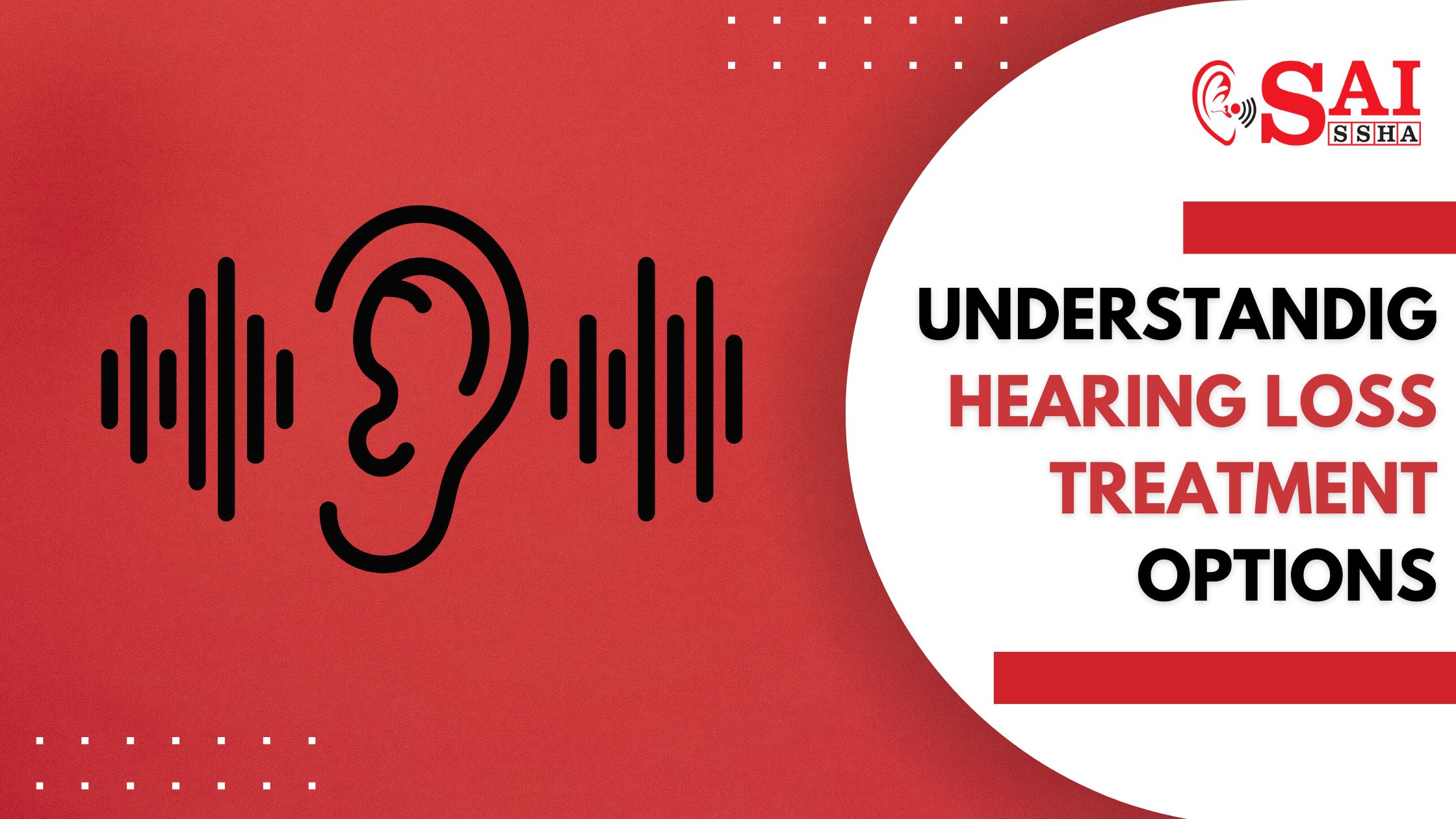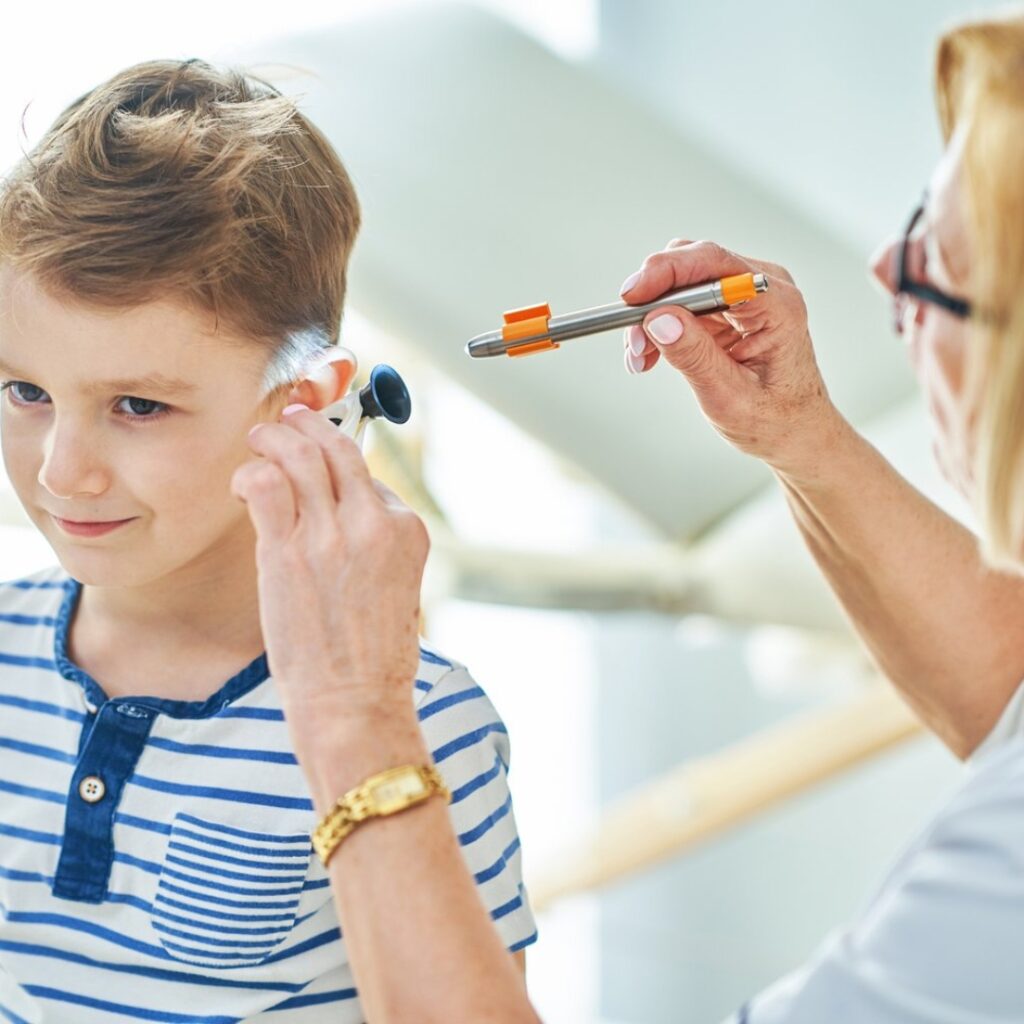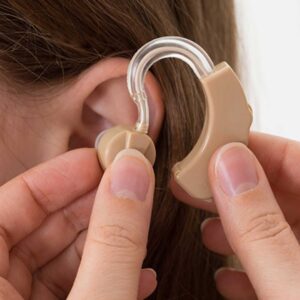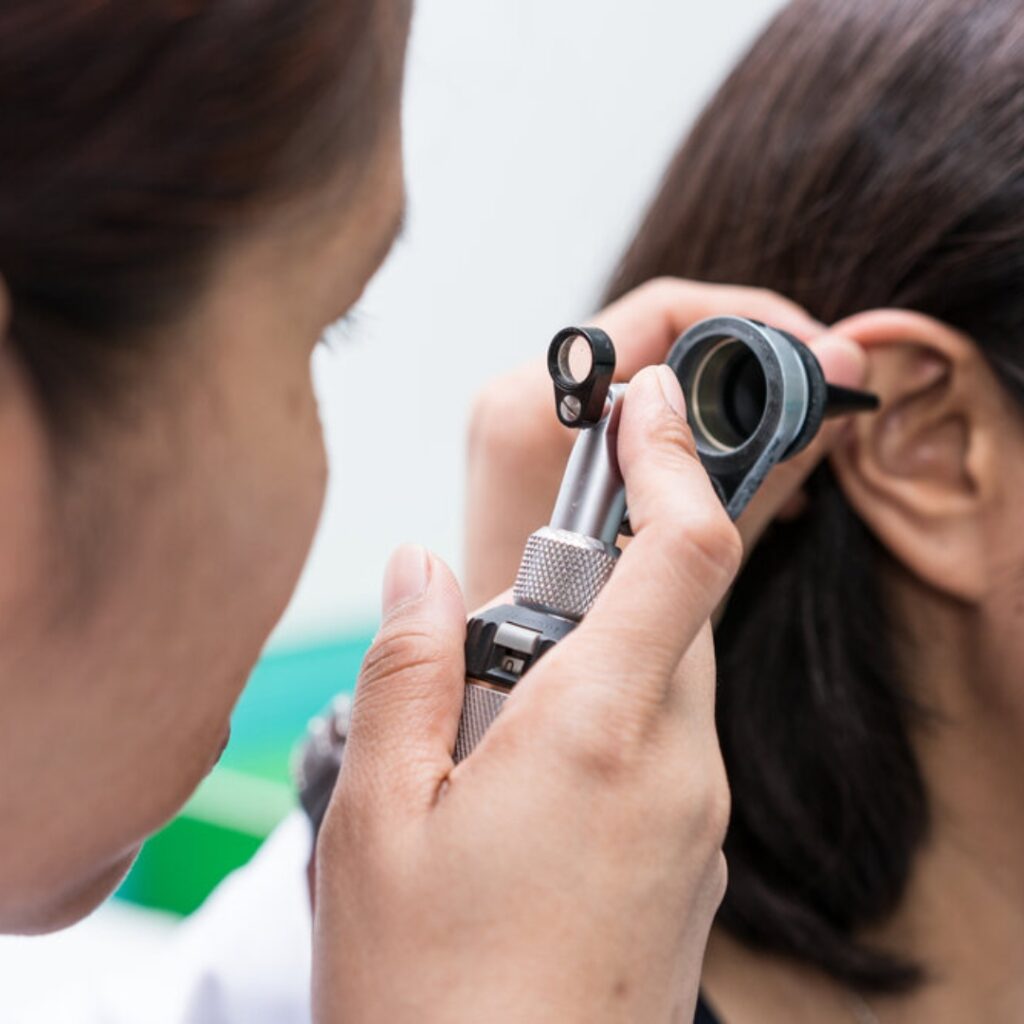

Introduction
A prevalent yet frequently disregarded ailment that impacts millions of individuals globally is hearing loss. Age, extended loud noise exposure, or underlying medical issues can all cause hearing loss, which can have a serious negative influence on a person’s quality of life. The good news is that hearing loss can be managed and improved with a variety of treatment choices and strategies. We’ll go into more detail about a few of these choices in this blog post.

Hearing Aids
Sophisticated gadgets called hearing aids are made to magnify sounds for those who have trouble hearing. They are made up of multiple parts: a receiver to send amplified sounds into the ear, an amplifier to boost sound levels, a microphone to capture sounds, and frequently a tiny computer chip to handle sound data. Different varieties of modern hearing aids, such as behind-the-ear (BTE), in-the-ear (ITE), and completely in-canal (CIC), are available to accommodate varying degrees of hearing loss and individual preferences.Digital processing, which enables customized sound amplification based on the wearer’s unique hearing profile and environment, is one of the major developments in hearing aid technology.
Cochlear Implants
For those who do not get enough benefit from conventional hearing aids and have severe to profound hearing loss, cochlear implants are cutting edge technology. Cochlear implants function by avoiding damaged cochlea and directly activating the auditory nerve, in contrast to hearing aids that enhance sound. Even in busy situations, users can receive sound waves and understand speech more clearly thanks to this direct electrical stimulation.An internal implant and an exterior component make up the two primary components of the implant system. The speech processor, transmitter, and microphone on the external component record and transform sound into digital signals. The internal implant, which is surgically positioned beneath the skin behind the ear, receives these impulses wirelessly.

Assistive Listening Devices (ALDs)s
ALDs are gadgets made to enhance hearing in particular contexts, such watching TV, conversing on the phone, or listening in noisy settings. FM systems, infrared systems, and loop systems are a few examples. These gadgets improve sound clarity and lessen background noise when used with cochlear implants or hearing aids, which facilitates conversation.

Auditory Training and Rehabilitation
For those who utilize cochlear implants or hearing aids, especially those with hearing loss, auditory training and rehabilitation are crucial parts of the treatment process. These programs are intended to assist patients in understanding noises they hear, enhancing their general communication abilities, and helping them comprehend speech.People engage in systematic activities such as speech perception tests, auditory discrimination drills, and listening exercises during auditory training. These workouts are customized to meet the unique requirements and skill levels of every patient, progressively enhancing their capacity to distinguish between various sounds and comprehend spoken language.
Conclusion
Despite the difficulties that come with hearing loss, there are many interventions and treatment choices that can enhance communication and quality of life. People who have hearing loss can discover useful solutions that are suited to their needs, whether it be through cochlear implants, assistive technology, rehabilitation programs, or hearing aids. The first step to properly diagnosing and treating hearing loss is to speak with a licensed audiologist or other hearing healthcare practitioner.